SPACE GRAMMAR OF CASE: “ATYPICALLY INSTRUMENTAL” PATTERNS IN RUSSIAN
SPACE GRAMMAR OF CASE: “ATYPICALLY INSTRUMENTAL” PATTERNS IN RUSSIAN
Abstract
The article provides arguments in support of the hypothesis of the integrity of the category of the instrumental case in Russian. Using the example of several "atypically instrumental" patterns, the author shows that “the meaning of the case as such” (A.V. de Groot) exists, and all speech implementations of the case are concrete embodiments of its abstract (semantic) structure, which is based on an elementary spatial relation – a semantic primitive THROUGH, perceived by the Russian language consciousness abstractly, regardless of the nature of the object being crossed. The article complements the research on the role of spatial relations in the development of grammatical categories of sentence.
1. Introduction
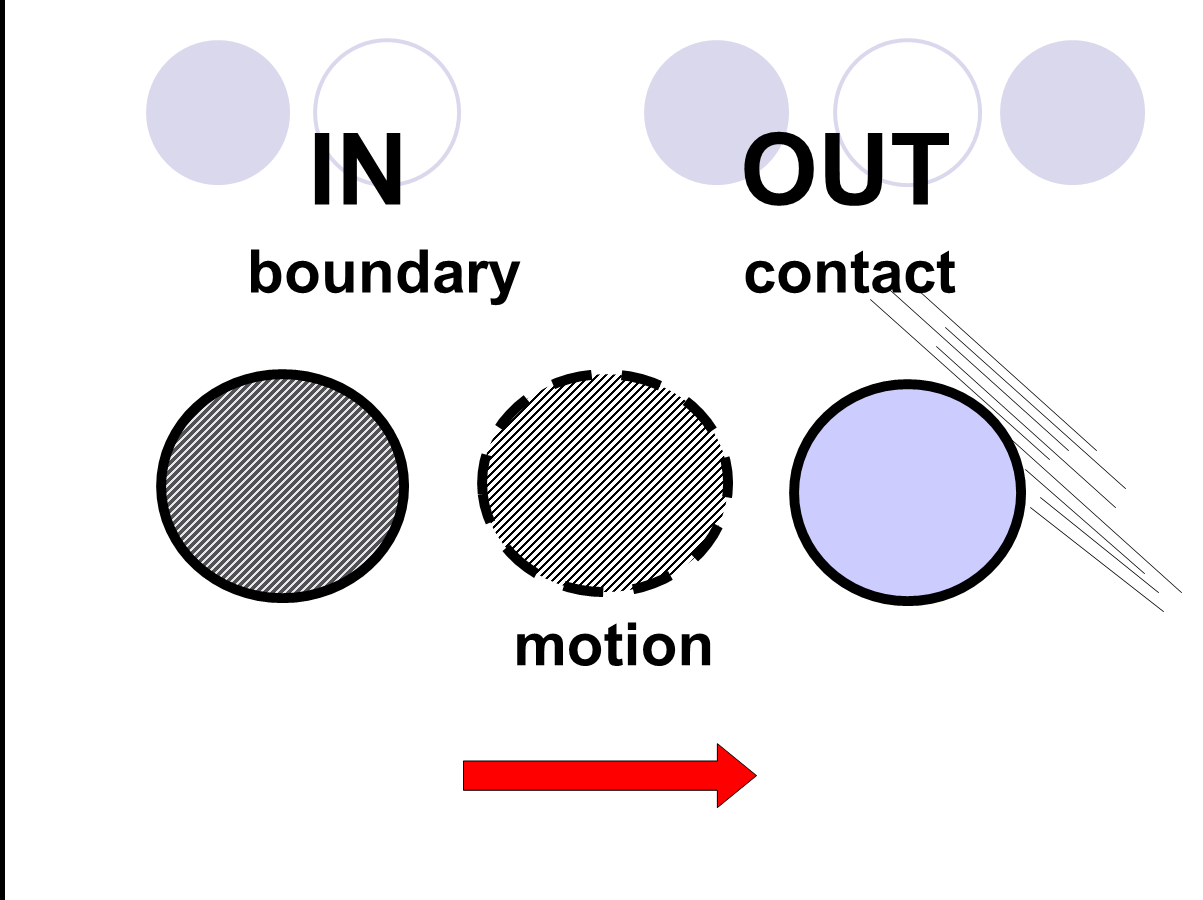
Figure 1 - Primitive spatial meanings
The syntax of the simple sentence (the organization of nominal and verbal syntagmas) goes back largely to the case syntax . In Common Slavonic, cases without prepositions were used primarily as adverbial modifiers and primarily with verbs of motion . MOVEMENT is relative, it is defined in the coordinates of SPACE and TIME, and these coordinates permeate the system of human language. Prototypical cases are concretizers of places and circumstances of movement, therefore, the case explicitly or implicitly reveals the content of the predicative feature. According to the "matryoshka" principle, the complexity of the sentence structure reflecting an extralinguistic situation follows the path of "dramatization" (L. Tenier) – "actors" (actants of internal /central/ syntax) and "circumstances" (sirconstants of external /peripheral/ syntax) . As a result of this historical process, the case system was restructured in Russian . Perhaps this process was most clearly manifested in the syntactic separation of genetically instrumental constructions and the emergence of new, circumstantial and qualitatively circumstantial types of adverbs that "came to help" the noun, using, according to V. Vinogradov , "surplus production".
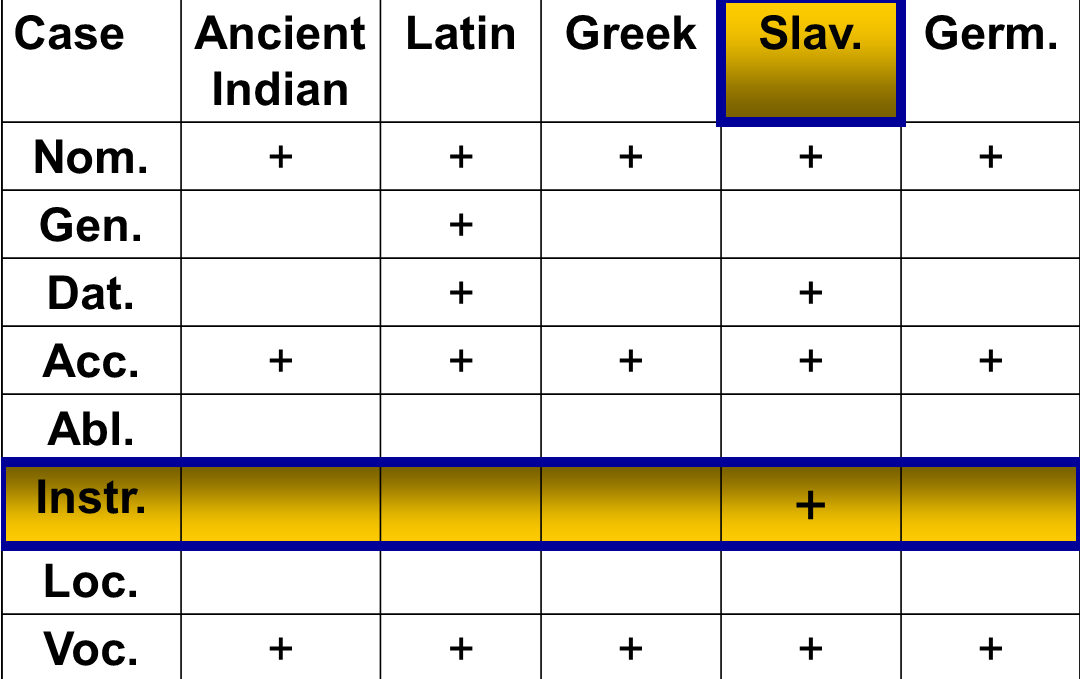
Figure 2 - Preservation of pure case meanings in Indo-European languages (according to B. Delbrück 1867)
K. Aksakov stated that "cases have their own independent meaning, which is revealed in any case by their different sides" . Many Slavic scholars considered the spatial meaning of the instrumental case "the basis for other meanings" (Gj. Daničić, F. Miklosich, Zikmund), A. Potebnya was also close to this point of view. It is important to underline the fact that the antiquity of the meanings of the instrumental of itinerary (and time) dates back to the pre-Slavic time (Vedas and Sanskrit) .
2. Research methods and principles
The article presents the results of a structural approach to the semantics of the instrumental case in Russian. The principal methods are introspection and componential analysis. It is essential for the adequate research of the Russian case to examine the case usage relating to the different levels of sentence semantic structure – internal /central/ syntax (“basis”) and external /peripherical/ syntax (“superstructure”) – separately since the basic idea of the case is represented in different ways in these two levels . To separate the proper case (resp. grammatical) meaning from the lexical meaning, we follow the path outlined by A.Peshkovsky
, . The article uses the materials of the texts of the National Corpus of the Russian language .3. Main results
We believe that the case-form (at whatever syntax level it works) is able to unambiguously participate in the generation of a certain meaning by our consciousness, since behind the form there is a spatial representation intuitively grasped by native speakers .
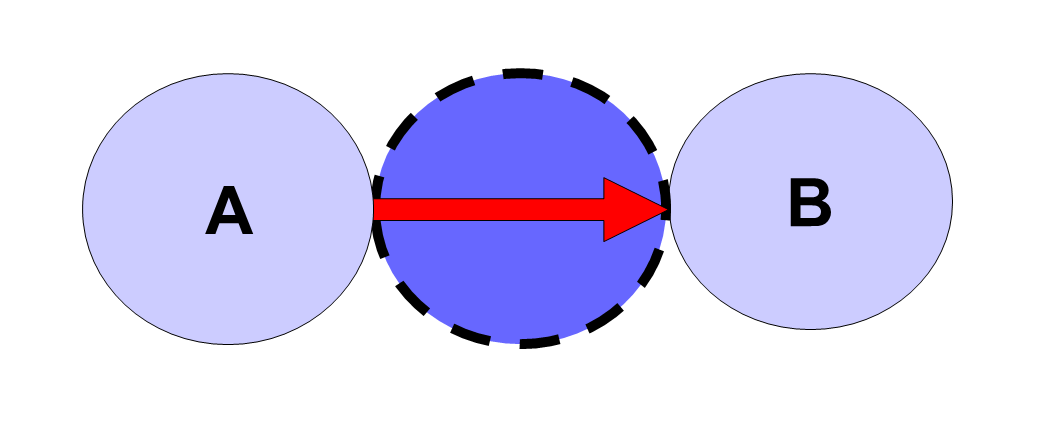
Figure 3 - PATH is a basic idea of the instrumental case (spatial image schema)
All the variety of predicative instrumental, limiting instrumental, qualificative instrumental, instrumental of comparison in the Russian language can be reduced to two types, reflecting an elementary (primitive) situation (1) and a semantically more complex situation (2), including an elementary (primitive) one.
(1) ‘X goes THROUGH Y’: [○→●→...].
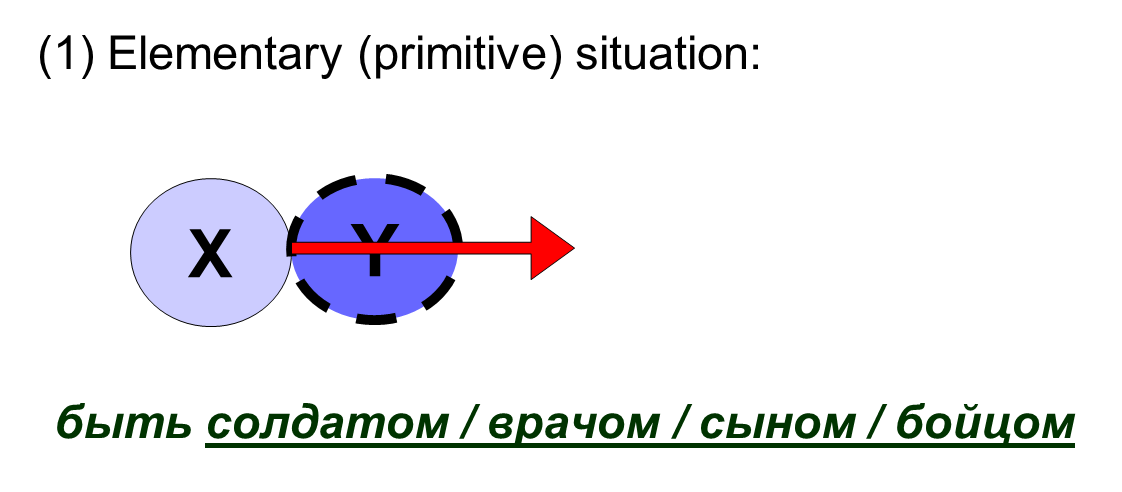
Figure 4 - The situation (1) which the instrumental case can reflect
We believe that the PHENOMENON of properties, qualities and states is represented as their MOVEMENT (cf. in English go red) from the hidden, potential (internal) to the open, actual (external): становиться таким-то (cf. in English become = be + come), i.e. ‘X manifests themselves (X's energy, activity, properties and qualities) THROUGH Y’, and the manifestation of X without Y is impossible’ (see Figure 4).
Let us consider the speech implementations of this spatial image schema using specific examples. Moving along the path of life, everyone at each certain period of lifetime reveals themselves (their qualities) to the world THROUGH one or another visible image. Russians call this image a mask, a disguise, a guise, a social role, status, profession, position (English speakers prefer to say that a person "wears different hats"):
… состоять чиновником средней руки на хлебной должности...
(О.Г. Чухонцев. Песни из поднебесной, 2, 2016)
.Он войдет, сказавшись однополчанином,
муж, неузнанный в рубище, гость нечаемый, ―
вот и свиделись, ― скажет, ― присевши с краешка, ―
я такой тебя и представлял, хозяюшка.
(О.Г. Чухонцев. «А не поскрести ли пером по сусекам...», 2016) .
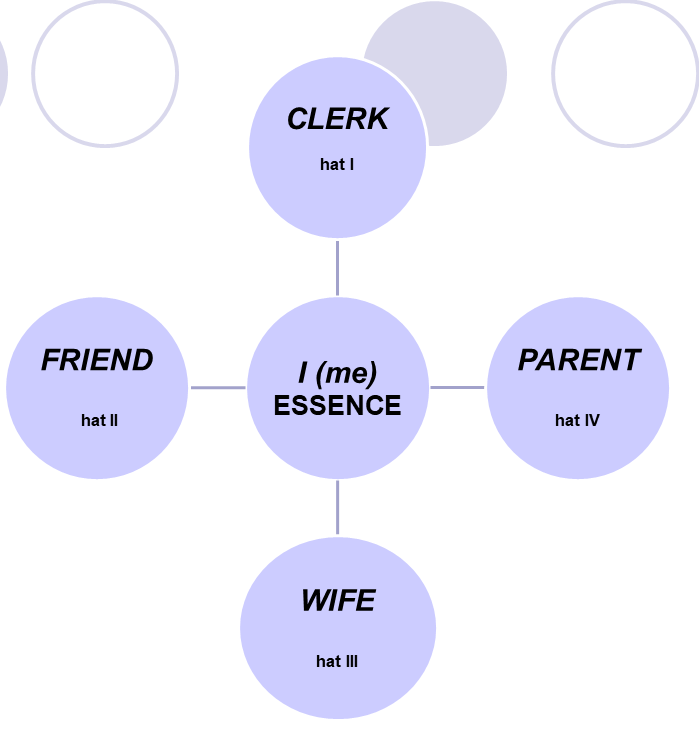
Figure 5 - ESSENCE and PHENOMENA
Страшное дело быть сыном какого-то веда,
в гости к которому шастают бородачи,
курят и спорят, и вот уже через соседа
кто-то кому-то в карман опускает ключи.
(О.Г. Чухонцев. «А не поскрести ли пером по сусекам...», 2016)
.What the feature can manifest itself through depends on its peculiarity. As an object THROUGH which the feature of the subject manifests itself, a part of the body can be (Кругла, красна лицом она (А.С. Пушкин. Евгений Онегин) ) or even the irrational component of a person, a person’s occupation:
Не потому, что дни его незлобивей,
чем у других, а ночи, быть может, злей,
не потому, что духом своим бедней,
а ремеслом да промыслом нерадивей...
(О.Г. Чухонцев. «А не поскрести ли пером по сусекам...», 2016)
.L. Yanda interprets this use of the instrumental case (Она была бледна лицом) as "a container for the state" or "a stationary path" since "paleness extends along the face just as movement extends along a path"
.It is essential that predicative instrumental (работать врачом) and instrumental of transformation (обернуться волком), instrumental of comparison (смотреть волком), in fact, are very similar. Their differences, according to A. Potebnya , are not grammatical, but are due to the lexical content and the degree of probability of the extra-linguistic situation presented. It was this fact that gave rise to the famous controversy about the nature of the instrumental case in "The Word about Igor's regiment": is it a real transformation, werewolf (earlier meaning of the instrumental case) of Prince Vseslav of Polotsk, or does the unnamed author use a comparison technique? The latter became possible later – with the loss of faith in transformations, werewolf- construction acquires a figurative meaning (as in modern Russian):
и в этом смешенье вер
и обычаев, языков и преданий, не без претензии
на универсальность, все претворяется в музыку сфер
и притворяется ― уже дома ― горшком голубой гортензии…
(О.Г. Чухонцев. «Приятно, однако, побыть наедине с собой...» [Юга, 4], 2016)
.может быть, он, когда выйдет его черед
перед лицом Творца оправдаться в судьях
хоть бы за то, что прожил верблюдом в людях,
в Царство Небесное как человек войдет.
(О. Г. Чухонцев. «Во как! -- потом сказал, помолчал чуток...», 1997–2016)
.Ты видел, с какою надсадой
в базальт ударяет волна
и с шумом валун волосатый
медузой всплывает со дна?
(О. Г. Чухонцев. «Ты видел, с какою надсадой...», 2016)
.(2) ‘X goes TROUGH Y not by themselves’: [○=>●→...○].
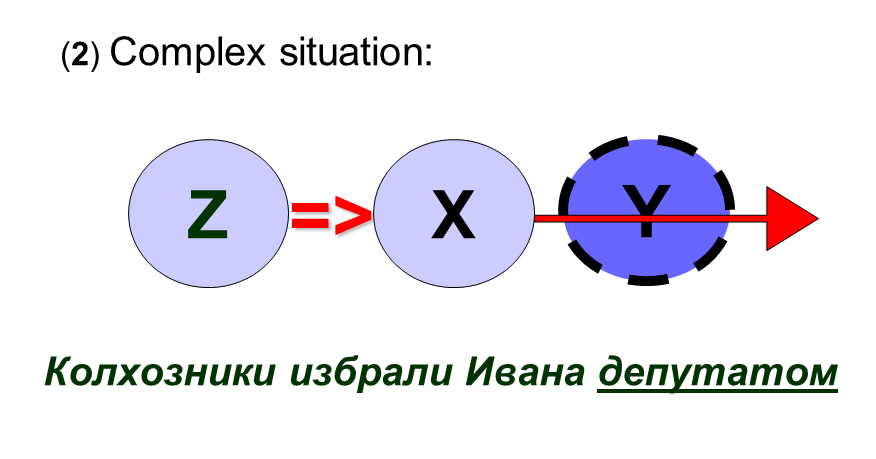
Figure 6 - The situation (2) which the instrumental case can reflect
― А в награду мы сделаем тебя полноправным кардиналом.
(Еремей Парнов. Александрийская гемма, 1990)
.Thus, the predicative instrumental, limiting instrumental, qualificative instrumental, instrumental of comparison come from the same spatial image as the instrumental proper, not to mention the specific meanings of the instrumental of time and instrumental of itinerary, gravitating towards adverbial formations, and this image is based on the spatial primitive TROUGH and the idea (concept) of PATH.
4. Discussion
Main problems of this research on the instrumental case in Russian were discussed at 46th and 47th International philological conferences at St. Petersburg State University in 2017 and 2018.
5. Conclusion
Taking everything into account, we can conclude that the instrumental case generally indicates an object THROUGH which movement is carried out or a predicative feature is manifested. The spatial primitive THROUGH, on which all the instrumental patterns in Russian are based, represents the image schema PATH. This confirms the well-known thesis that the PATH is one of the prototypical image schemas in cognitive semantics.
